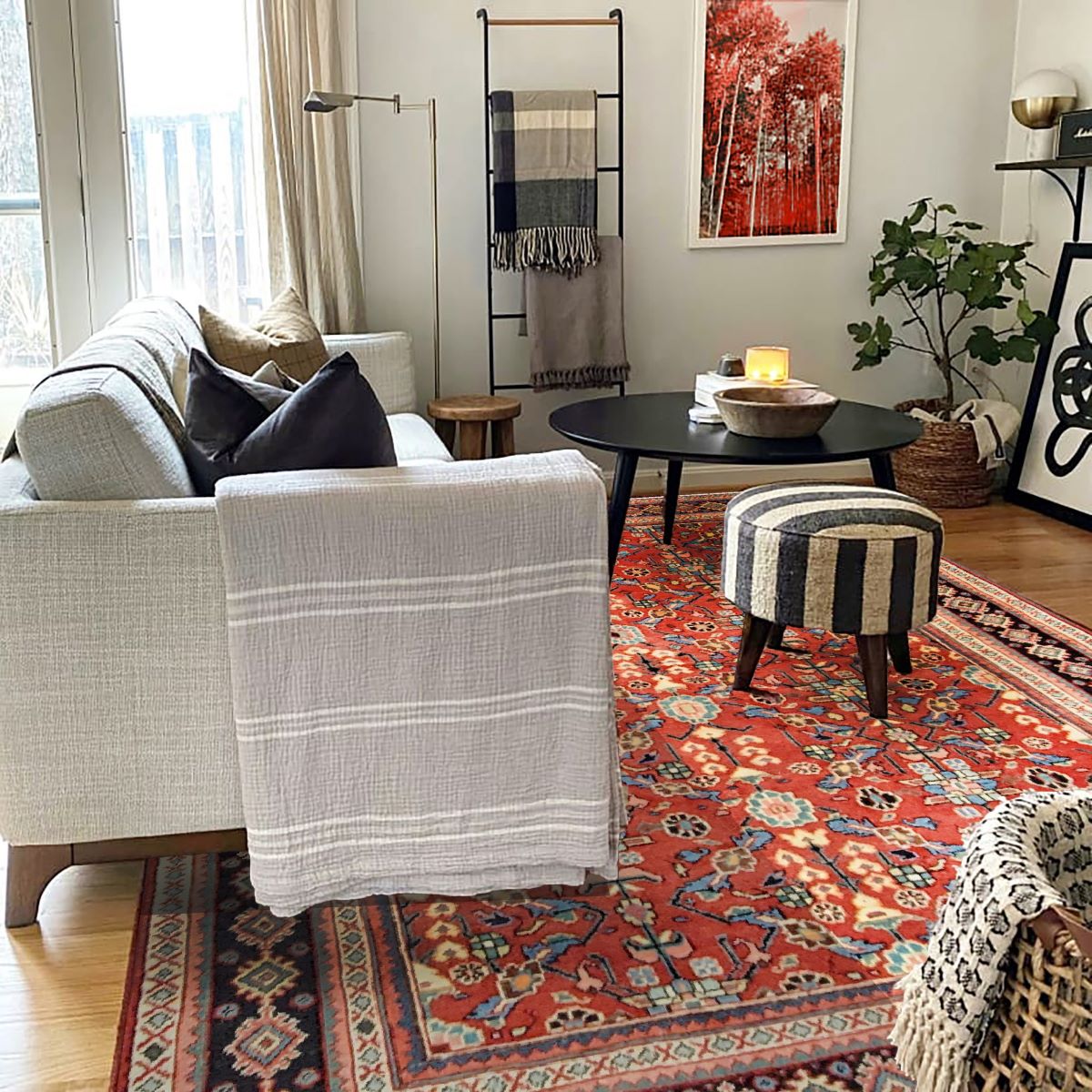

Articles
How To Value Persian Rugs
Modified: January 19, 2024
Learn the art of valuing Persian rugs with our informative articles. Enhance your knowledge and make informed decisions to appreciate the true worth of these exquisite masterpieces.
(Many of the links in this article redirect to a specific reviewed product. Your purchase of these products through affiliate links helps to generate commission for Storables.com, at no extra cost. Learn more)
Introduction
Persian rugs are renowned worldwide for their exquisite craftsmanship, stunning designs, and rich history. These hand-woven masterpieces have been treasured for centuries, adorning the floors of homes, palaces, and museums. If you are lucky enough to own a Persian rug, you may be curious about its value. Valuing a Persian rug requires a careful assessment of various factors, such as the rug’s size, materials, age, condition, origin, patterns, and rarity.
In this article, we will explore the key elements that go into determining the value of Persian rugs. By understanding the factors that influence their worth, you can gain insight into the market and appreciate the beauty and cultural significance of these remarkable pieces of art.
Key Takeaways:
- Valuing Persian rugs involves assessing factors such as size, materials, age, origin, and rarity. Understanding the intricate craftsmanship and cultural significance is crucial for accurate valuation.
- Consulting experts, researching market trends, and considering the uniqueness of each rug are essential for determining the value of Persian rugs. Embracing the artistry and history enhances the appreciation of these timeless treasures.
Read more: What Are Persian Rugs
Understanding Persian Rugs
Persian rugs, also known as Iranian rugs, are hand-woven carpets that originate from Iran. They are considered some of the finest and most sought-after rugs in the world, known for their unparalleled craftsmanship and intricate designs.
One of the distinguishing features of Persian rugs is their traditional weaving technique, carried out by skilled artisans using a loom. The skill and expertise involved in creating these rugs have been passed down through generations, resulting in a legacy of exceptional quality.
Persian rugs are typically made from natural fibers such as wool, silk, or a combination of both. Wool rugs are more common due to the abundance of sheep in Iran, while silk rugs are considered a luxury due to the labor-intensive process of silk production.
What sets Persian rugs apart are their unique designs and patterns. Each region in Iran has its own distinct style, influenced by local traditions, culture, and history. Some of the renowned weaving centers in Iran include Tabriz, Isfahan, Kashan, and Kerman, each known for producing rugs with specific characteristics and motifs.
The designs found on Persian rugs are often inspired by nature, featuring floral patterns, intricate medallions, and ornate borders. These designs can hold symbolic meaning, telling stories or representing religious and cultural beliefs.
Understanding the different types of Persian rugs is essential in valuing them accurately. Popular types include Tabriz rugs, known for their detailed motifs and fine craftsmanship; Kashan rugs, prized for their intricate floral designs; and Isfahan rugs, which often feature central medallions and delicate patterns.
It’s important to consider the specific characteristics, workmanship, and history associated with each type of Persian rug to fully appreciate its value.
Factors to Consider in Valuing Persian Rugs
Valuing a Persian rug requires a comprehensive analysis of various aspects that contribute to its worth. Here are some key factors to consider when assessing the value of a Persian rug:
- Rug Size and Dimensions: The size of a rug plays a significant role in its value. Larger rugs, such as room-sized carpets, tend to command higher prices compared to smaller area rugs.
- Rug Materials and Construction: The materials used and the weaving technique employed greatly impact a rug’s value. Persian rugs woven with high-quality materials like silk often fetch higher prices. The intricacy and precision of the weaving, such as a high knot count, also contribute to its value.
- Rug Age and Condition: The age of a Persian rug can significantly affect its value. Antique rugs with historical or cultural significance can be highly sought after by collectors. Additionally, the condition of the rug, including its pile, colors, and structural integrity, plays a crucial role.
- Rug Origin and Provenance: The region in Iran from which the rug originates can impact its value. Certain weaving centers, such as Tabriz or Isfahan, have a renowned reputation for producing exceptional rugs. Provenance, or the historical record of ownership, can also increase a rug’s value.
- Rug Patterns and Designs: The complexity, intricacy, and rarity of the patterns and designs on the rug can influence its value. Certain motifs, like intricate medallions or detailed floral patterns, can be more highly prized.
- Rug Rarity and Uniqueness: The rarity of a Persian rug can significantly affect its value. Limited production runs, unique color combinations, or rare design elements can make a rug more desirable to collectors and enthusiasts.
- Rug Prices and Market Trends: Keeping an eye on the current market trends and understanding recent sales of comparable rugs can provide insights into the potential value of a Persian rug.
- Consulting Experts and Getting Appraisals: When in doubt about a rug’s value, it is advisable to consult experts in the field or seek professional appraisals. Their expertise can help provide an accurate valuation based on the specific characteristics of the rug.
It’s important to note that valuing Persian rugs is not an exact science, and multiple factors can influence the value of each individual rug. Therefore, a comprehensive evaluation that takes into account these factors is crucial in determining the worth of a Persian rug.
Assessing Rug Size and Dimensions
When valuing a Persian rug, one of the first factors to consider is the size and dimensions of the rug. The size of a rug can have a significant impact on its value, as larger rugs tend to be more desirable and command higher prices.
When assessing the size of a Persian rug, it’s important to consider the following:
- Overall Dimensions: Measure both the length and width of the rug to determine its overall size. Persian rugs come in a variety of sizes, ranging from small area rugs to room-sized carpets.
- Knot Density: In addition to the overall dimensions, it’s crucial to assess the knot density of the rug. Knot density refers to the number of knots per square inch. Rugs with a higher knot density are often considered more valuable due to the increased time and effort required to create them.
- Proportionality: Consider the proportionality of the rug’s design in relation to its size. A well-balanced and proportionate design is aesthetically pleasing and can enhance the value of the rug.
Keep in mind that the size and dimensions of a Persian rug can affect its functionality and suitability for different spaces. Larger rugs are often used to anchor a room and cover a significant portion of the floor, while smaller area rugs can be used for specific seating areas or decorative purposes.
When assessing the value of a Persian rug based on its size, it’s important to consider the specific requirements and preferences of potential buyers. While larger rugs may generally command higher prices, there may be instances where a smaller, intricately woven rug holds greater value due to its rarity or unique design elements.
Ultimately, the size and dimensions of a Persian rug should be evaluated alongside other factors such as materials, construction, age, patterns, and market trends to gain a comprehensive understanding of its overall value.
Analyzing Rug Materials and Construction
The materials used in the construction of a Persian rug significantly contribute to its value and durability. Persian rugs are typically made from natural fibers such as wool, silk, or a combination of both.
Wool is the most commonly used material in Persian rug weaving. It is prized for its resilience, durability, and ability to retain its shape and colors over time. The quality of the wool can vary depending on factors such as the breed of sheep, the climate in which they were raised, and the specific weaving region. Fine wool from high-altitude regions is often preferred for its softness and sheen.
Silk rugs, on the other hand, are considered a luxury due to the labor-intensive process of silk production. Silk fibers are obtained from the cocoon of the silkworm and have a lustrous appearance. Persian silk rugs are highly valued for their fine craftsmanship, intricate designs, and delicate texture. They are often considered to be more luxurious and exclusive than their wool counterparts.
The construction technique used in making a Persian rug also plays a crucial role in its value. Persian rugs are typically hand-woven, using a technique known as knotting. The two primary knot styles used in Persian rug weaving are the symmetric (also known as Persian) knot and the asymmetric (also known as Turkish) knot.
The knot density, or the number of knots per square inch, is an important consideration when analyzing the construction of a Persian rug. Higher knot densities require more time and skill to produce, resulting in a finer and more detailed rug. Rugs with higher knot densities are often considered more valuable due to the superior craftsmanship involved.
In addition to the materials and knotting technique, the weaving region can also influence the construction style and quality of a Persian rug. Each weaving region has its own distinct techniques and traditions, resulting in rugs with unique characteristics.
When analyzing the materials and construction of a Persian rug, it’s essential to consider the quality, durability, and craftsmanship of the rug. Factors such as the type of fiber used, the knot density, and the weaving region can significantly impact the value and desirability of the rug.
In summary, assessing the materials and construction of a Persian rug is crucial in understanding its overall quality and determining its value. A finely crafted rug made from high-quality fibers using intricate weaving techniques is likely to have a higher value compared to rugs with lesser craftsmanship or materials.
Read more: How Expensive Are Persian Rugs
Evaluating Rug Age and Condition
When it comes to valuing a Persian rug, the age and condition of the rug are important factors to consider. Antique Persian rugs, with a rich history and cultural significance, can often command higher prices. However, the condition of the rug also plays a vital role in determining its overall value.
Here are key aspects to consider when evaluating the age and condition of a Persian rug:
- Age: The age of a rug can greatly impact its value. Antique rugs, typically over 100 years old, are highly sought after by collectors and enthusiasts. These rugs often reflect intricate weaving techniques, unique designs, and cultural significance. Younger rugs, while still valuable, may not carry the same historical weight as their antique counterparts.
- Pile Wear: Examine the pile, or the height and thickness of the rug’s surface. Over time, rugs experience wear, especially in high-traffic areas. Assess the pile wear to determine the rug’s condition. Signs of excessive wear, such as thinning or missing pile, can negatively affect its value.
- Colors and Fading: Observe the colors of the rug and check for any signs of fading or discoloration. Natural dyes, commonly used in Persian rugs, can age gracefully and develop a beautiful patina. However, excessive fading or color bleeding can diminish the rug’s value.
- Stains and Damage: Inspect the rug for any stains, spots, or damage. Accidental spills, water damage, moth damage, or tears can have a significant impact on the rug’s value. Small, localized stains or damage may be reparable, but extensive or irreversible damage can decrease its worth.
- Structural Integrity: Consider the overall structural integrity of the rug. Check for any loose or missing threads, unraveling edges, or weakened foundation. A rug with a well-maintained and sturdy structure indicates proper care and can contribute positively to its value.
It’s important to note that not all signs of age and wear reduce a rug’s value. Some collectors appreciate the “character” and history that antique rugs carry, including age-related imperfections and patina. However, excessive wear or damage that compromises the aesthetics and stability of the rug can significantly impact its worth.
When evaluating the age and condition of a Persian rug, it’s also essential to document any repairs or restorations. Professionally executed repairs, done in a way that preserves the rug’s integrity, may not necessarily devalue the rug. However, poorly executed or extensive repairs can affect its worth.
In summary, assessing the age and condition of a Persian rug is crucial in determining its value. While antique rugs carry historical and cultural significance, a rug’s condition, including pile wear, colors, stains, and structural integrity, plays a significant role in determining its overall worth.
When valuing a Persian rug, consider factors such as age, condition, size, design, and the type of materials used. Researching comparable sales can also help determine its market value.
Researching Rug Origin and Provenance
The origin and provenance of a Persian rug can greatly influence its value and desirability. Knowing where a rug was woven and understanding its historical context adds an extra layer of appreciation and authenticity to the piece.
Here are some key factors to consider when researching the origin and provenance of a Persian rug:
- Weaving Region: Persian rugs come from various weaving regions in Iran, each with its own distinct style and characteristics. Some of the prominent weaving centers include Tabriz, Isfahan, Kashan, and Kerman. Familiarizing yourself with the unique qualities and design elements of rugs from different regions can help you better appraise and understand the rug’s value.
- Traditions and Techniques: Each weaving region has its own rich weaving traditions and techniques that have been passed down through generations. Researching the specific techniques used in a particular region can help you appreciate the craftsmanship and skill involved in creating the rug.
- Historical Significance: Some Persian rugs have historical significance, tying them to specific events, periods, or cultural movements. Identifying any historical connections can enhance the rug’s value and appeal to collectors interested in preserving cultural heritage.
- Provenance: Provenance refers to the documented history and ownership of a rug. Establishing a rug’s provenance can increase its value, particularly if it has a traceable ownership lineage or is associated with a notable collector or institution. Documentation such as certificates of authenticity or appraisal records can help validate a rug’s provenance.
- Authentication: Due to the popularity and value of Persian rugs, it’s essential to ensure the authenticity of the rug. Consulting experts, auction houses, or reputable rug dealers can help authenticate the rug and provide valuable insights into its origin and provenance.
Researching the origin and provenance of a Persian rug not only adds to its historical value but also helps you understand the cultural and artistic context in which it was woven. It allows you to identify any unique design elements or motifs that are specific to a particular region or time period.
When assessing the value of a Persian rug based on its origin and provenance, it’s important to note that certain regions or historical periods may be more highly valued than others. The rarity and desirability of rugs from specific weaving centers or those associated with renowned master weavers can significantly impact their worth.
In summary, delving into the origin and provenance of a Persian rug provides valuable insights into its historical and cultural significance. By understanding the rug’s weaving region, traditions, historical connections, and documented ownership, you can better appreciate its value and authenticity.
Identifying Rug Patterns and Designs
One of the captivating aspects of Persian rugs is their intricate patterns and designs. The patterns found on these rugs are often inspired by nature, historical events, religious symbols, and cultural traditions. When valuing a Persian rug, it is crucial to identify and understand the significance of its patterns and designs.
Here are some key factors to consider when identifying the patterns and designs on a Persian rug:
- Floral Motifs: Persian rugs are known for their exquisite floral motifs. These designs often depict delicate flowers, blossoms, leaves, and vines. The type of flowers and their arrangement can vary based on the weaving region and design tradition. Certain flowers, such as the lotus or the rose, hold symbolic meaning in Persian culture.
- Geometric Patterns: Geometric shapes, such as squares, rectangles, diamonds, and hexagons, are commonly seen in Persian rug designs. These abstract patterns are carefully arranged to create a harmonious and balanced composition. Geometric patterns can represent cosmic order, protection against evil spirits, or simply add visual interest to the rug.
- Medallions: Medallions are a prominent feature in many Persian rug designs. These centrally placed motifs often take the form of ornate geometric or floral shapes. Medallions can represent various symbols, such as the sun, a star, or a sacred object. They serve as a focal point, anchoring the overall design of the rug.
- Herati Design: The Herati design, also known as the “fish design,” is a common and beloved pattern found in Persian rugs. It consists of a central diamond or medallion surrounded by stylized floral elements, typically representing fish or leaves. The Herati design symbolizes prosperity, rebirth, and protection against evil.
- Islamic Motifs: Over centuries, Persian rugs have been influenced by the Islamic art and culture prevalent in the region. Islamic motifs and calligraphy are often incorporated into rug designs, depicting verses from the Quran or religious symbols. These rugs hold great cultural and historical significance.
When identifying the patterns and designs on a Persian rug, it’s important to consider the overall composition, color palette, intricacy, and harmony of the motifs. Specific design elements, such as the symmetry, repetition, or uniqueness of patterns, can affect the rug’s value.
In addition to the visual appeal, understanding the symbolism and cultural significance of the patterns enriches your appreciation for the rug. Some patterns may carry specific messages of protection, prosperity, or spirituality, while others may reflect the weaver’s creativity and artistic expression.
Ultimately, identifying and understanding the patterns and designs on a Persian rug creates a deeper connection with its artistic and cultural heritage. It helps to assess the craftsmanship, rarity, and significance of the rug, allowing for a more accurate valuation.
Determining Rug Rarity and Uniqueness
When valuing a Persian rug, assessing its rarity and uniqueness is a critical aspect. Rarity adds to the desirability and exclusivity of a rug, while uniqueness sets it apart from other rugs in terms of design, colors, or distinguishing features.
Here are some factors to consider when determining the rarity and uniqueness of a Persian rug:
- Uncommon Patterns or Designs: Rugs that feature uncommon or rare patterns and designs are considered more unique. These can include motifs rarely seen in other rugs, innovative variations of traditional designs, or modern interpretations of classic patterns. Such rugs can command higher values due to their distinctiveness and limited availability.
- Color Palettes: Unusual or rare color combinations in a rug can enhance its uniqueness. Persian rugs often feature a rich array of colors, and certain combinations can be highly sought after. Unique color palettes that are visually appealing, harmonious, and uncommon contribute to a rug’s rarity.
- Specialty Rugs: Certain Persian rugs fall into specialized categories, adding to their rarity and uniqueness. For example, pictorial rugs depict specific scenes or narratives, animal rugs feature detailed animal motifs, and prayer rugs are designed specifically for Muslim worship. These specialty rugs are less common and can hold higher value due to their distinct features.
- Limited Production Runs: Some Persian rugs are produced in limited quantities, either due to the availability of specific materials or the weaving techniques employed. Rugs woven by renowned master weavers or those crafted using time-consuming and intricate processes can be rare and highly sought after by collectors.
- Historical or Vintage Rugs: Rugs that date back several decades or even centuries can be considered rare and highly valued. Antique rugs, especially those with a documented history and provenance, have a scarcity that adds to their uniqueness. These rugs often display a level of craftsmanship and artistry that is difficult to replicate.
- Uncommon Sizes or Shapes: Persian rugs that deviate from standard sizes or shapes can be considered rare. Oversized rugs, unusually small rugs, or irregularly shaped rugs can stand out in the market due to their uniqueness and scarcity, attracting collectors and enthusiasts.
When assessing the rarity and uniqueness of a Persian rug, it’s important to consider the market demand and prevailing trends. Some unique features or styles may be more sought after in certain periods, and the perception of rarity and uniqueness can evolve over time.
In summary, determining the rarity and uniqueness of a Persian rug involves identifying uncommon patterns, distinct color palettes, specialty rugs, limited production runs, historical significance, and uncommon sizes or shapes. These factors contribute to the rug’s exclusivity, desirability, and ultimately, its value.
Read more: How To Decorate With Persian Rugs
Comparing Rug Prices and Market Trends
When assessing the value of a Persian rug, it is important to compare prices and stay up-to-date with current market trends. Understanding the market demand and how prices for similar rugs have fluctuated can provide valuable insights into the rug’s potential value.
Here are some key considerations when comparing rug prices and keeping track of market trends:
- Auction Results: Monitoring auction results can provide a benchmark for rug prices in the market. Auction houses often showcase a wide range of rugs, including rare and valuable pieces. Studying the results of rug auctions can help identify trends, popular styles, and the prices rugs are fetching.
- Rug Dealers and Galleries: Regularly browsing through reputable rug dealers and galleries can give you an indication of the current prices and offerings in the market. Visiting showrooms, attending rug fairs, or consulting with experts can provide valuable insights into the availability and pricing of Persian rugs.
- Online Platforms: Online platforms, including rug marketplaces and auction websites, offer a wealth of information on rug prices and trends. Analyzing comparable rugs listed for sale, noting their prices and the level of interest they generate, can inform your own assessment of a rug’s value.
- Historical Sales Data: Researching historical sales data can provide an understanding of how prices for Persian rugs have changed over time. It can help identify patterns, fluctuations, and potential factors that influence the market value of rugs.
- Regional and Global Demand: Consider the regional and global demand for Persian rugs. Different regions may have preferences for certain styles or weaving centers, which can impact prices. Pay attention to shifts in global interest, emerging markets, and changing tastes that may affect the overall demand for Persian rugs.
- Expert Opinions: Seek the guidance of seasoned rug experts, appraisers, or dealers who have in-depth knowledge of the industry. They can offer valuable insights into market trends, pricing dynamics, and the unique characteristics that determine a rug’s value.
It’s important to note that prices for Persian rugs can vary significantly based on factors such as age, condition, origin, materials, and design. Comparison shopping and market research help develop a comprehensive view of the current pricing landscape and enable you to make informed judgments about a rug’s value.
While market trends and prices provide guidelines, it is essential to consider other factors specific to the rug in question, such as its uniqueness, craftsmanship, and historical significance. A thorough analysis that incorporates both market trends and the intrinsic qualities of the rug will result in a more accurate valuation.
In summary, comparing rug prices and staying updated with market trends allows for a better understanding of the current value of Persian rugs. This knowledge provides a context for pricing decisions and helps identify any opportunities or market patterns that may impact the rug’s value.
Consulting Experts and Getting Appraisals
When it comes to valuing a Persian rug, seeking the expertise of professionals and obtaining professional appraisals can provide invaluable insights and ensure an accurate assessment of the rug’s worth. Consulting experts in the field can offer specialized knowledge, experience, and a comprehensive understanding of the factors that contribute to a rug’s value.
Here are some key reasons to consult experts and get professional appraisals for your Persian rug:
- Specialized Knowledge: Rug experts have a deep understanding of the history, craftsmanship, and materials used in Persian rugs. They can identify unique features, assess the quality, and evaluate the rug’s overall condition more accurately than a novice. Their expertise helps to uncover hidden details and attributes that might impact the rug’s value.
- Market Insights: Professionals in the rug industry have access to up-to-date market trends and pricing information. They can provide you with valuable insights into the current demand for different types of Persian rugs, as well as any shifts or emerging trends in the market. This information allows for a more accurate valuation, considering the broader market context.
- Provenance and Authenticity: Experts can help verify the provenance and authenticity of a Persian rug. They can assess the rug’s historical significance, verify any documented information or certificates of authenticity, and determine if it aligns with the rug’s characteristics. This critical evaluation ensures that any claims of rarity or unique features can be substantiated.
- Professional Appraisals: Obtaining a professional appraisal provides an official and unbiased evaluation of the rug’s value. Appraisers take into account various factors such as age, condition, origin, materials, and market trends. Their knowledge and experience allow them to provide an accurate and objective assessment, which can be useful for insurance purposes, estate planning, or potential sales.
- Access to Network and Resources: Rug experts have connections and access to a vast network of collectors, dealers, and other professionals in the industry. This network can be beneficial if you decide to sell the rug, as they can assist in finding potential buyers or reaching out to a broader market. They can also provide guidance on reputable avenues for selling a Persian rug.
When consulting experts and getting professional appraisals, it’s important to choose professionals with a solid reputation and expertise in Persian rugs. Look for appraisers who are certified or members of recognized rug organizations to ensure reliable and accurate assessments.
Keep in mind that while consulting experts and getting appraisals can be helpful, it’s still important to do your own research and consider multiple factors when valuing a Persian rug. A holistic approach that combines expert opinions, market insights, and your own assessment will ultimately result in a more comprehensive and accurate valuation.
In summary, consulting experts in the field and obtaining professional appraisals are crucial steps in valuing a Persian rug. Their specialized knowledge, industry insights, and objective evaluations ensure a well-rounded assessment and provide confidence in the rug’s value.
Conclusion
Determining the value of a Persian rug is a multifaceted process that requires careful consideration of various factors. Understanding the intricacies of Persian rugs, including their materials, construction, age, condition, origin, patterns, and rarity, is essential in accurately valuing these exquisite works of art.
By assessing the rug’s size and dimensions, analyzing its materials and construction, evaluating its age and condition, researching its origin and provenance, identifying its patterns and designs, and considering its rarity and uniqueness, you can develop a comprehensive understanding of its value.
Comparing rug prices and staying informed about market trends provide valuable insights into the current market landscape and help you gauge the demand and potential value of a Persian rug. Consulting experts in the field and obtaining professional appraisals further ensure an objective assessment and provide expertise and market knowledge that contributes to a well-informed valuation.
Ultimately, valuing a Persian rug requires a combination of expertise, research, and an appreciation for the artistry and cultural significance of these remarkable pieces. Embracing the beauty of Persian rugs and understanding the factors that contribute to their value allows for a deeper connection with these timeless creations.
Whether you own a cherished Persian rug or are considering acquiring one, the knowledge gained from this exploration will empower you to make informed decisions, appreciate the craftsmanship and history behind each rug, and fully embrace the prestige that comes with owning a valued Persian rug.
Frequently Asked Questions about How To Value Persian Rugs
Was this page helpful?
At Storables.com, we guarantee accurate and reliable information. Our content, validated by Expert Board Contributors, is crafted following stringent Editorial Policies. We're committed to providing you with well-researched, expert-backed insights for all your informational needs.
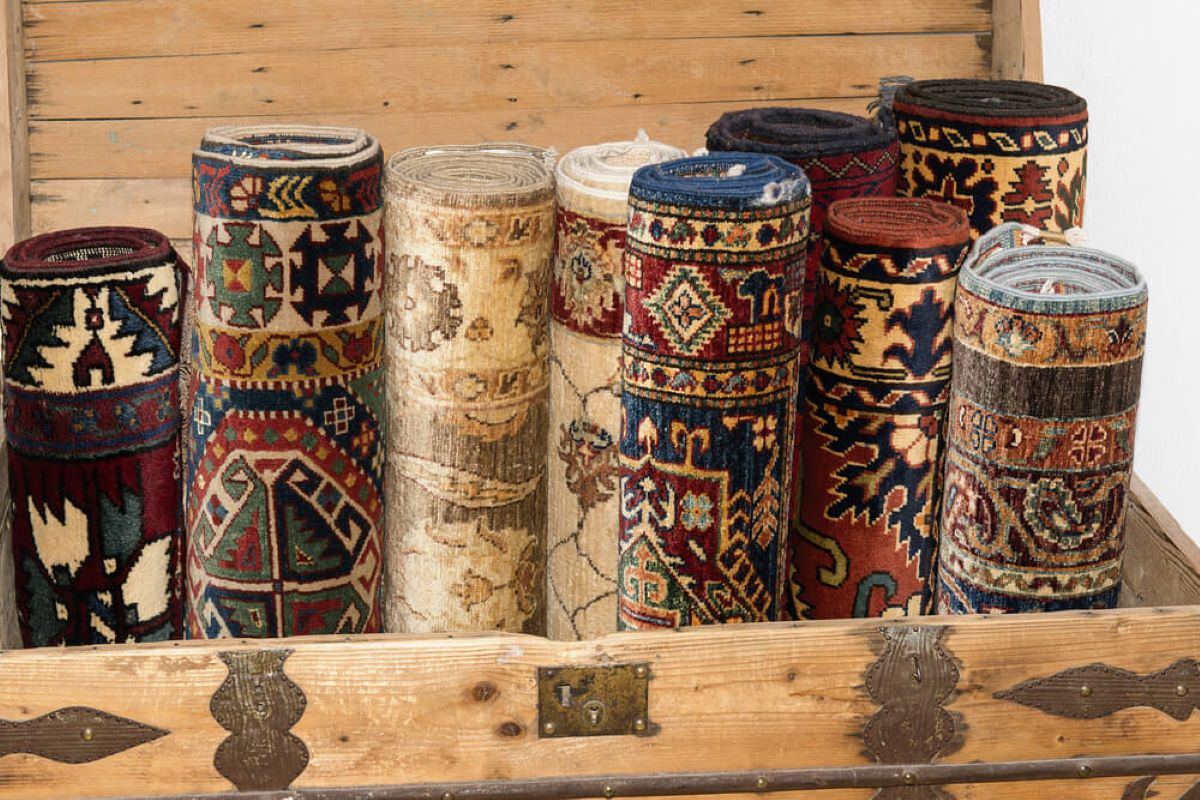
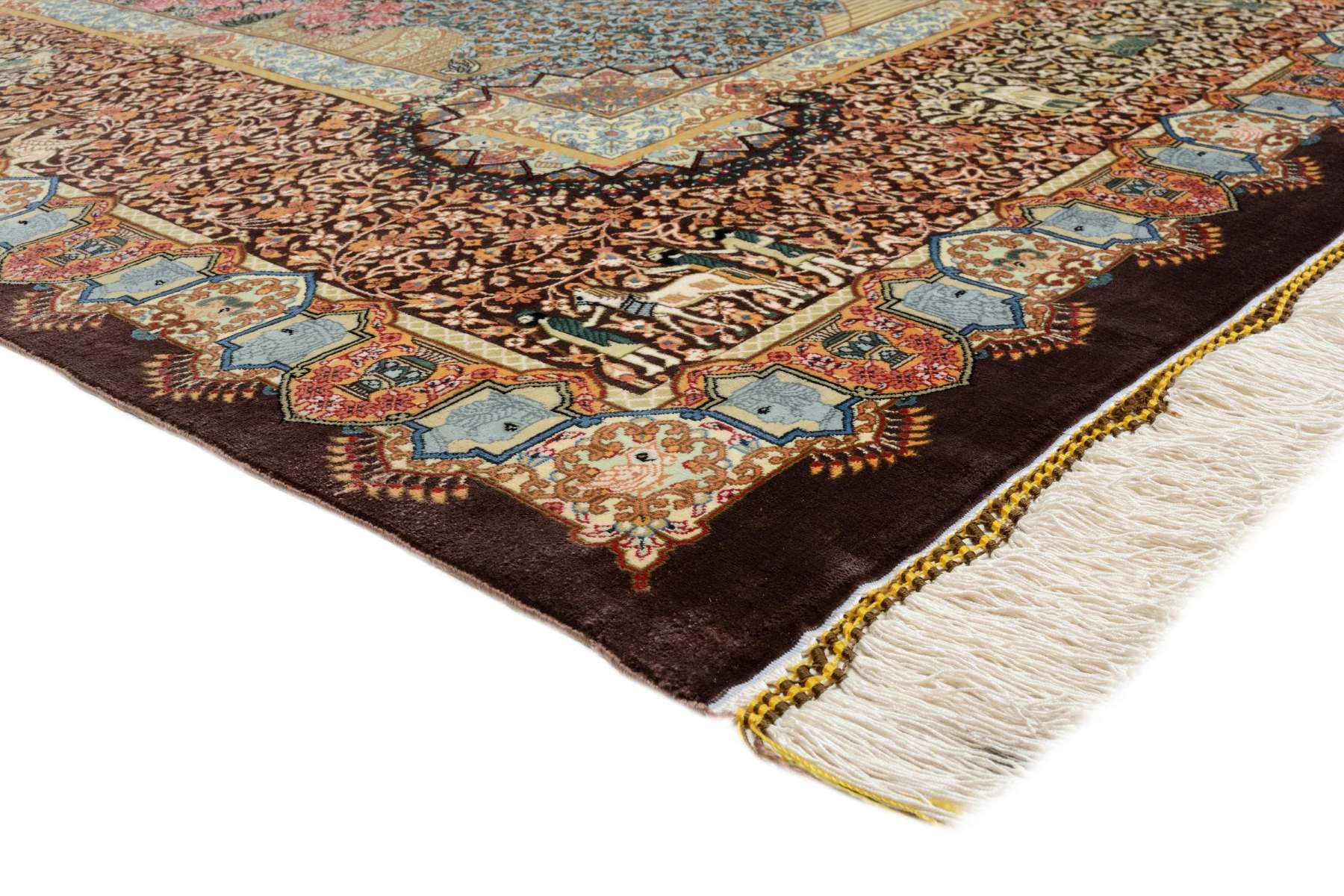
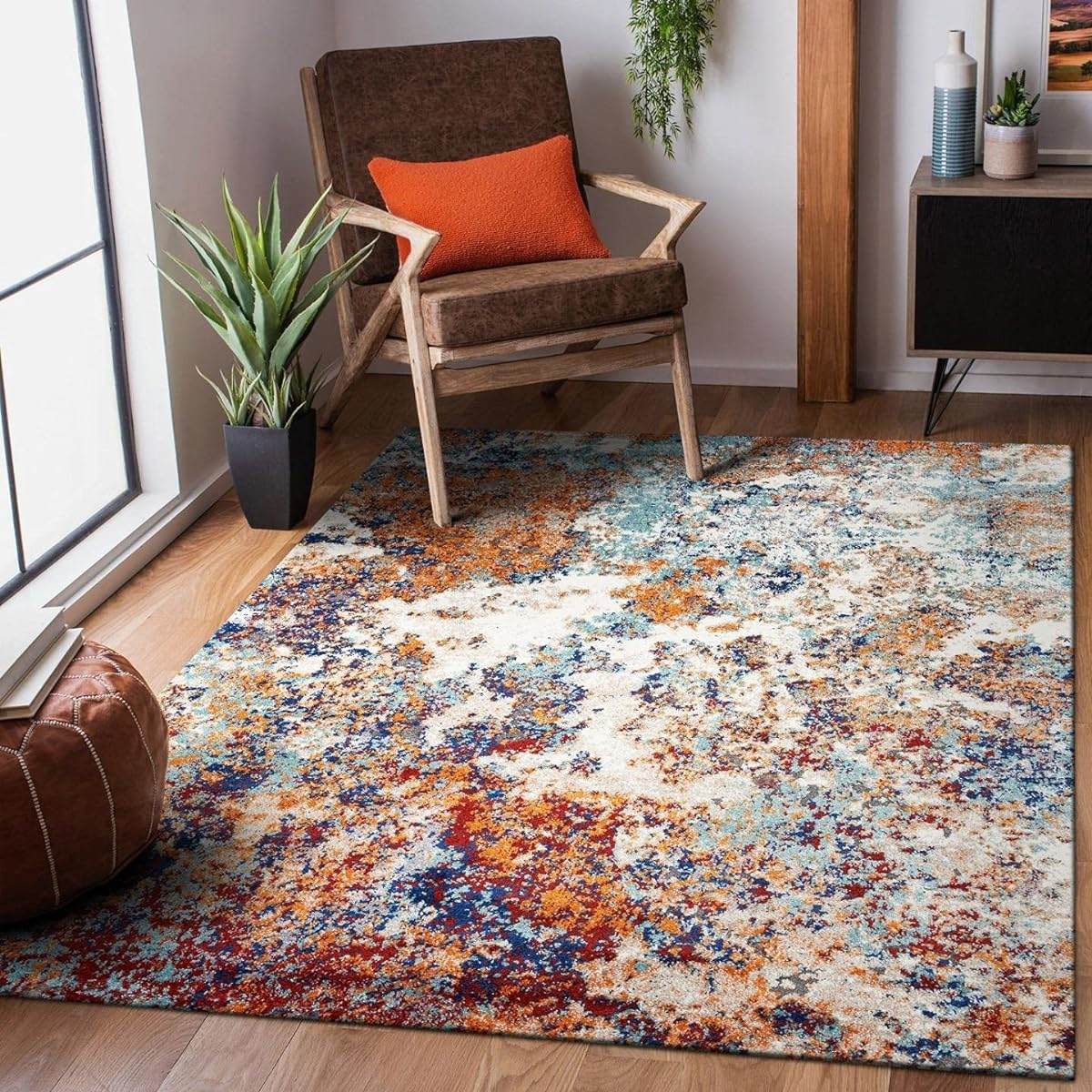
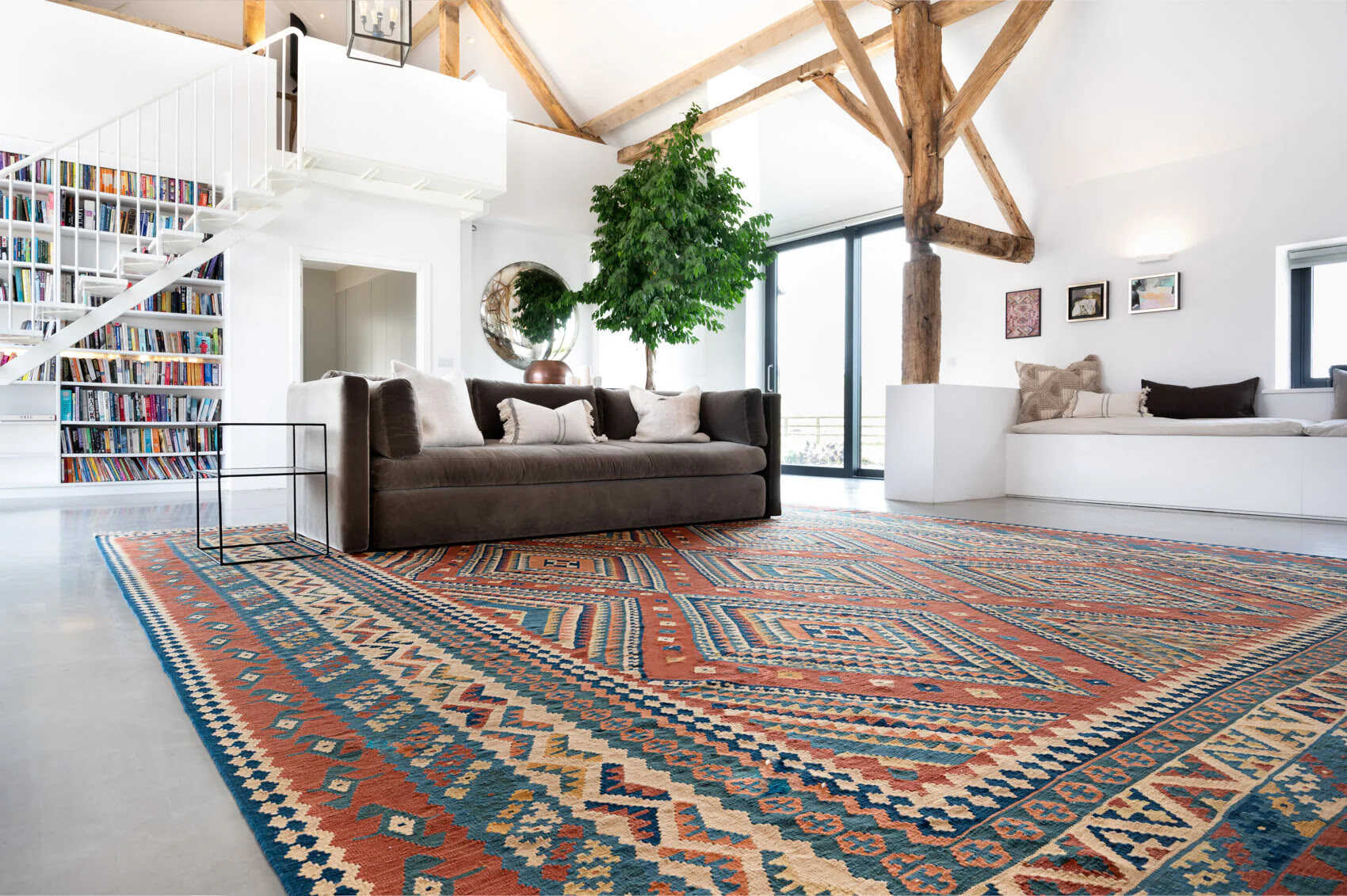
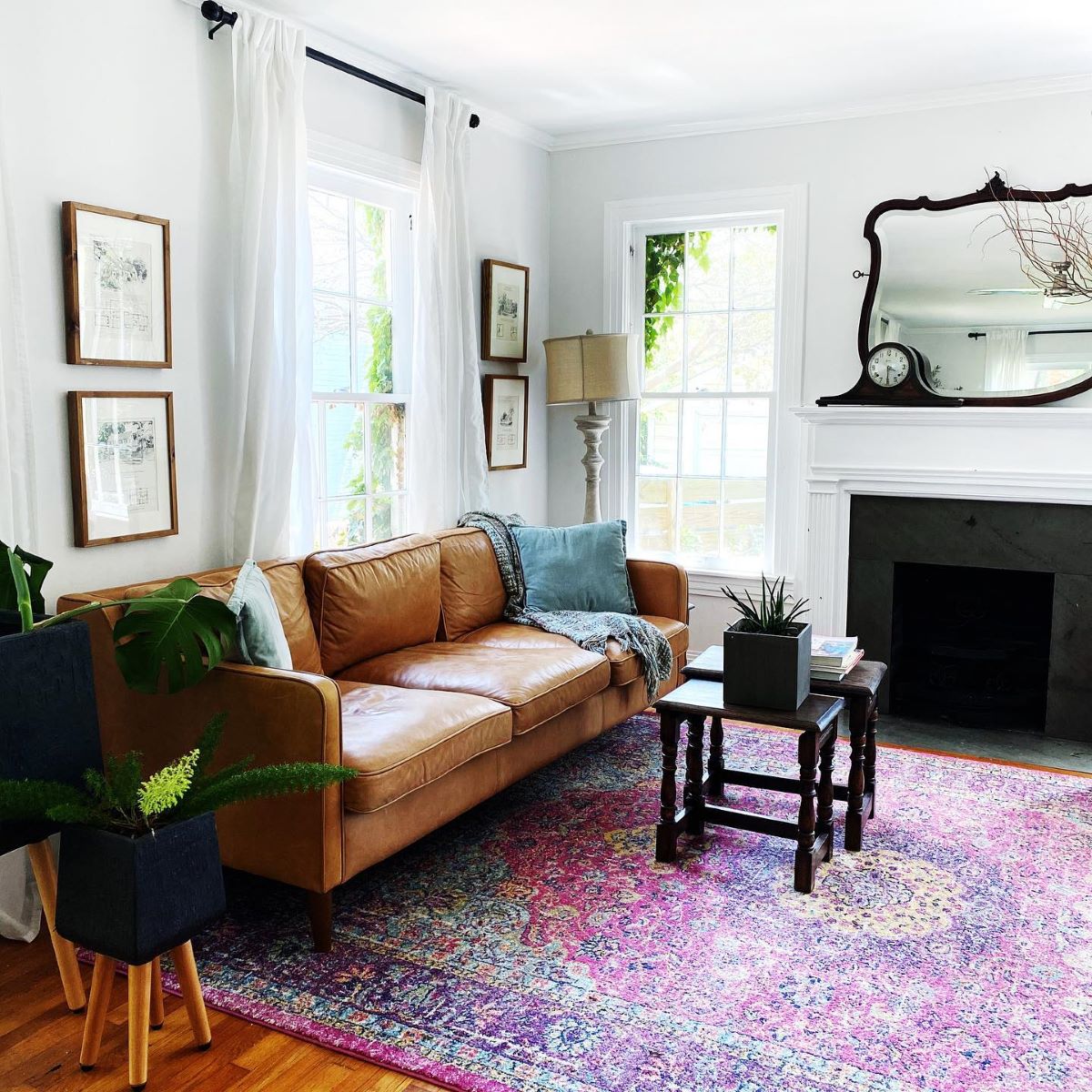
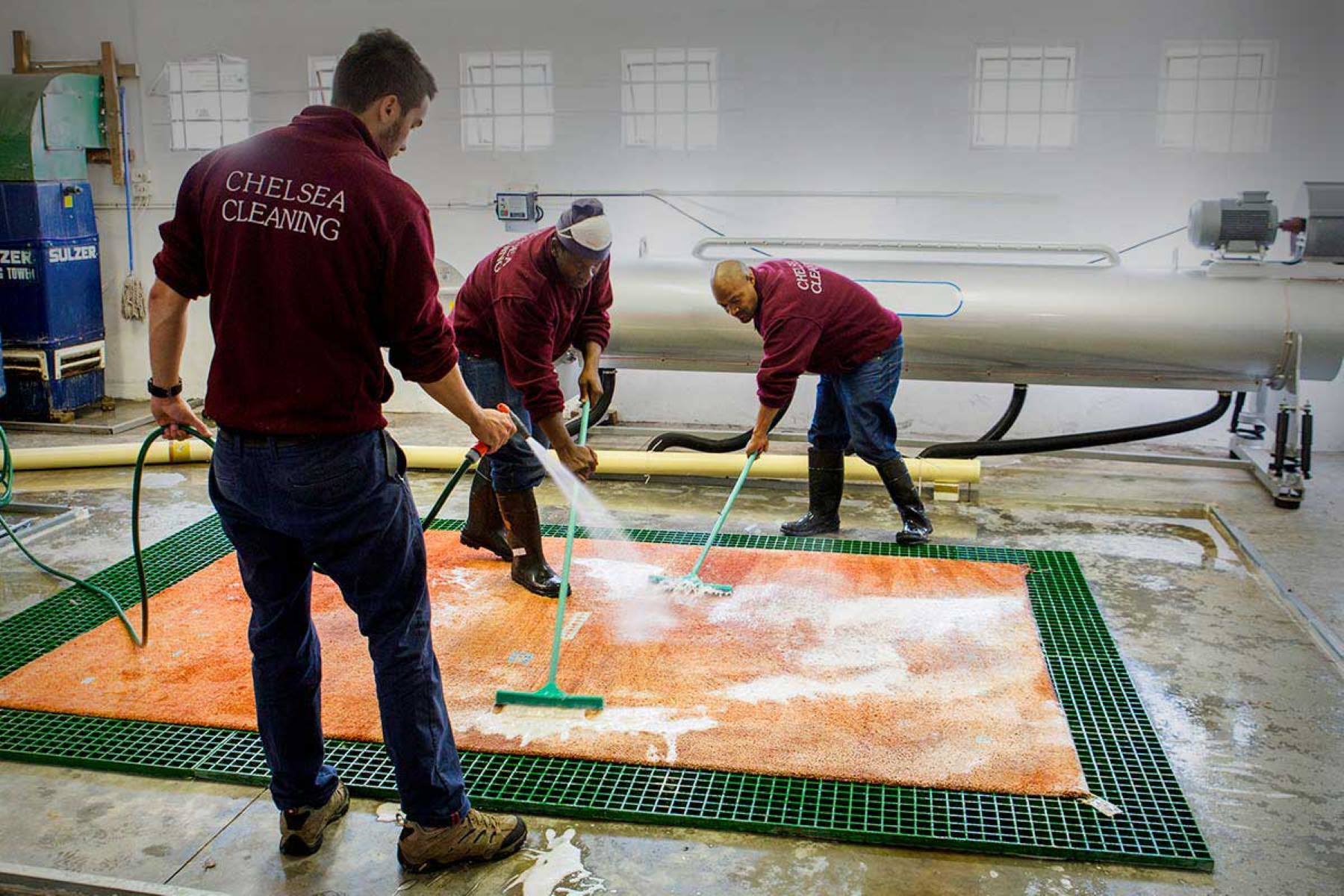
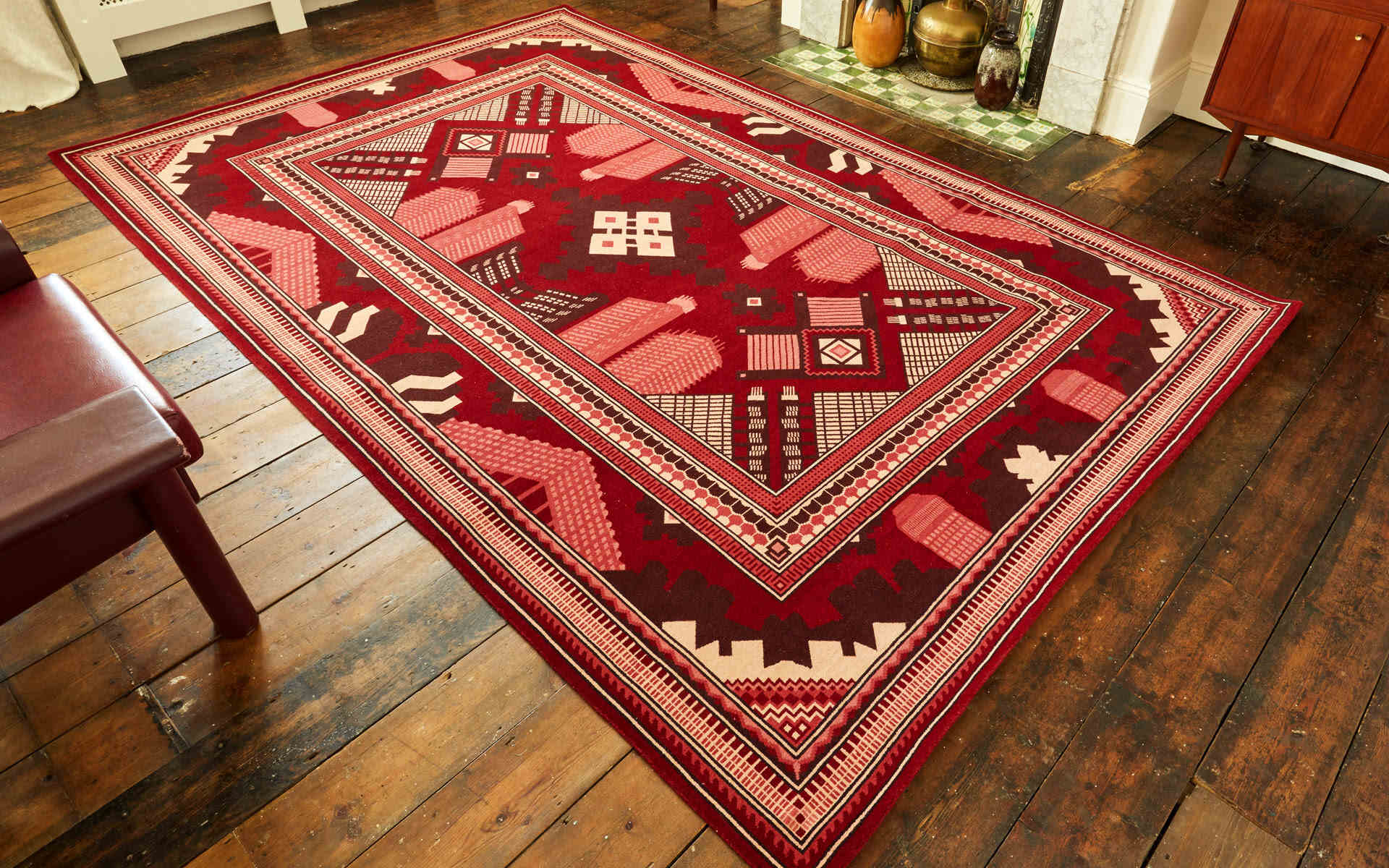
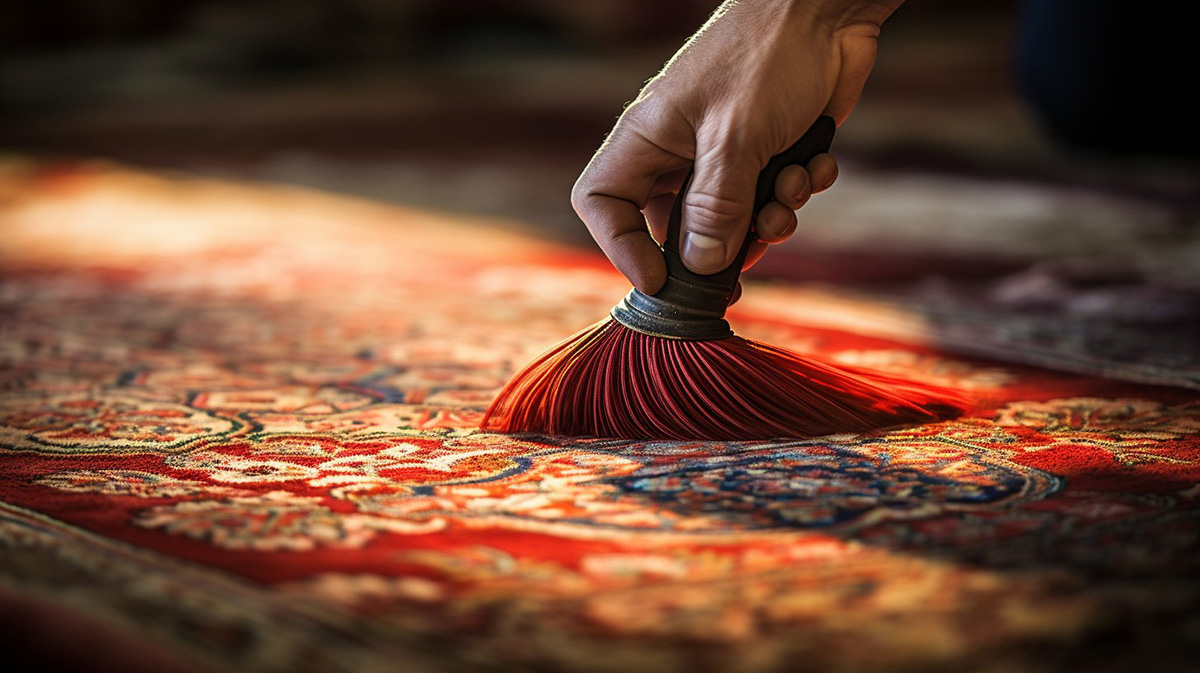
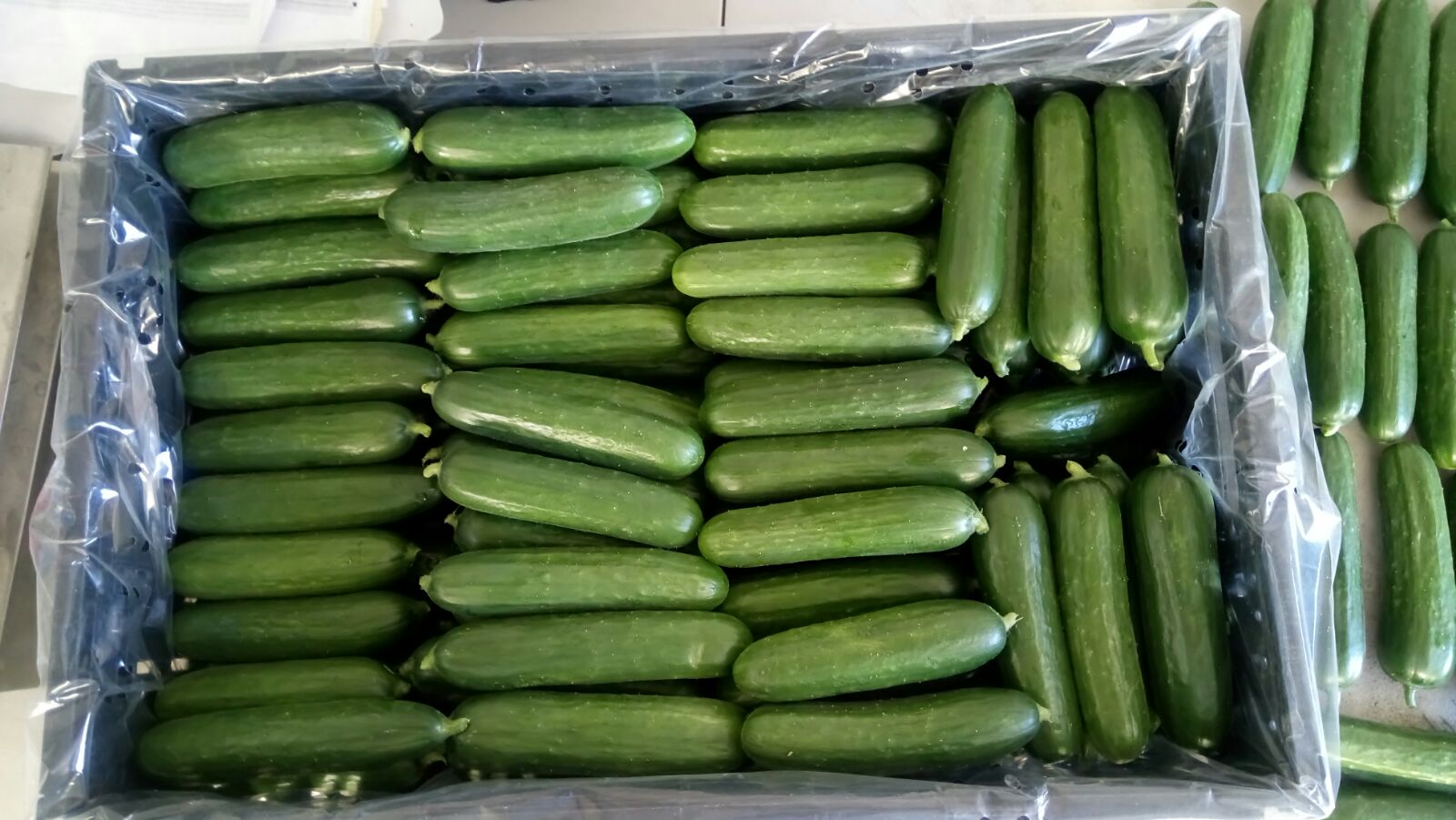
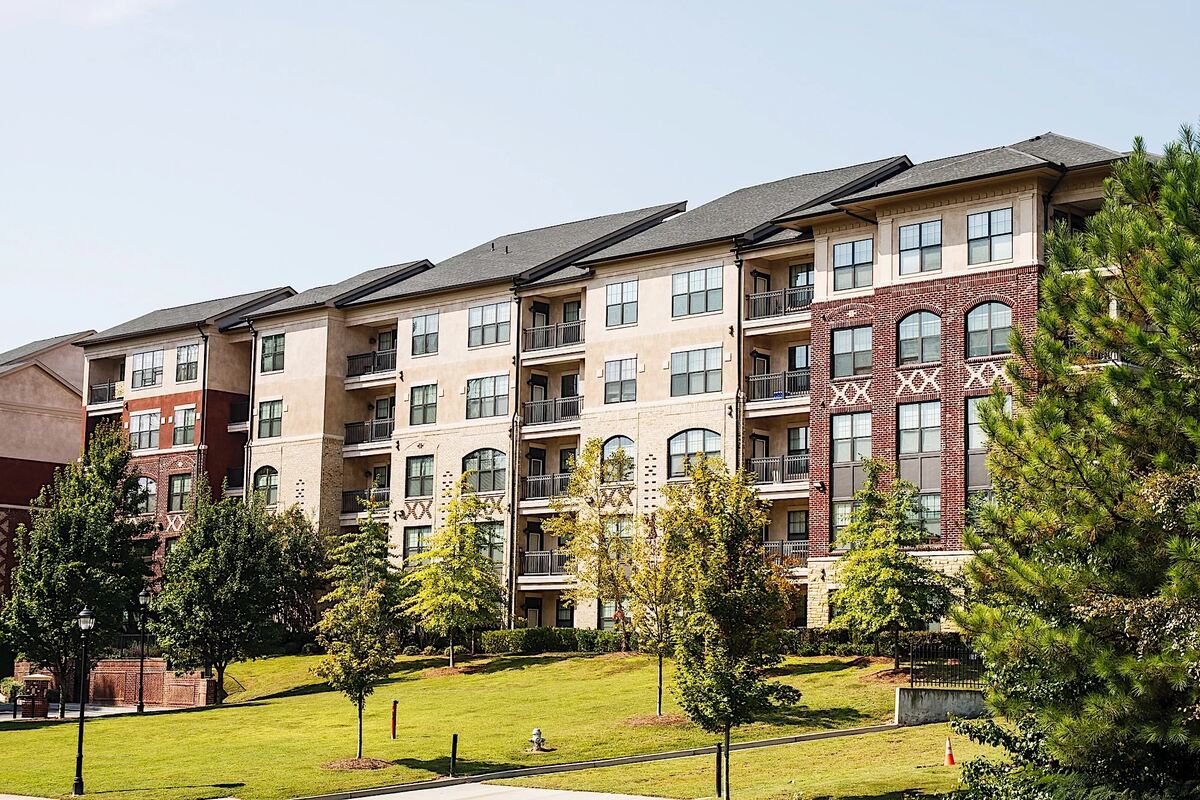
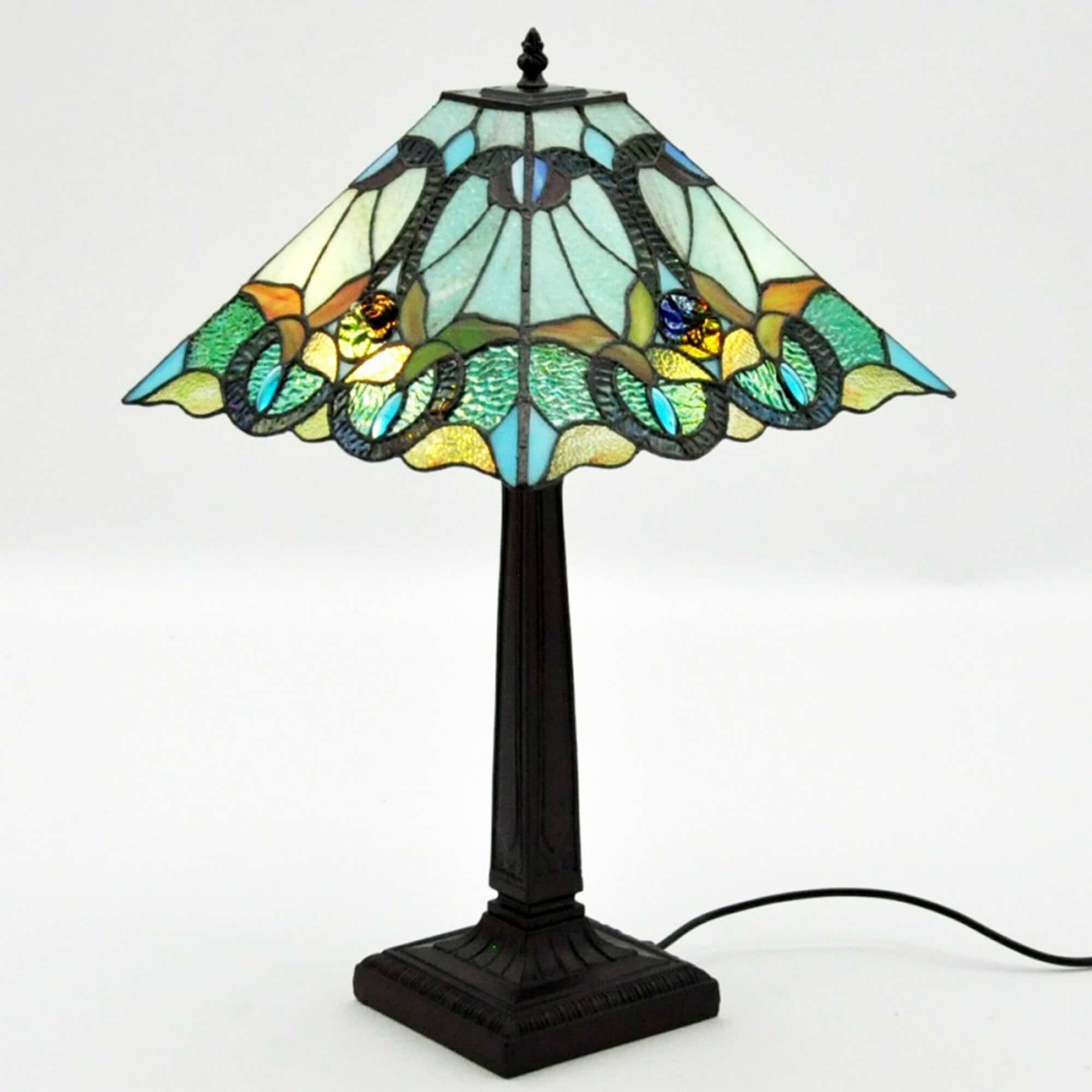

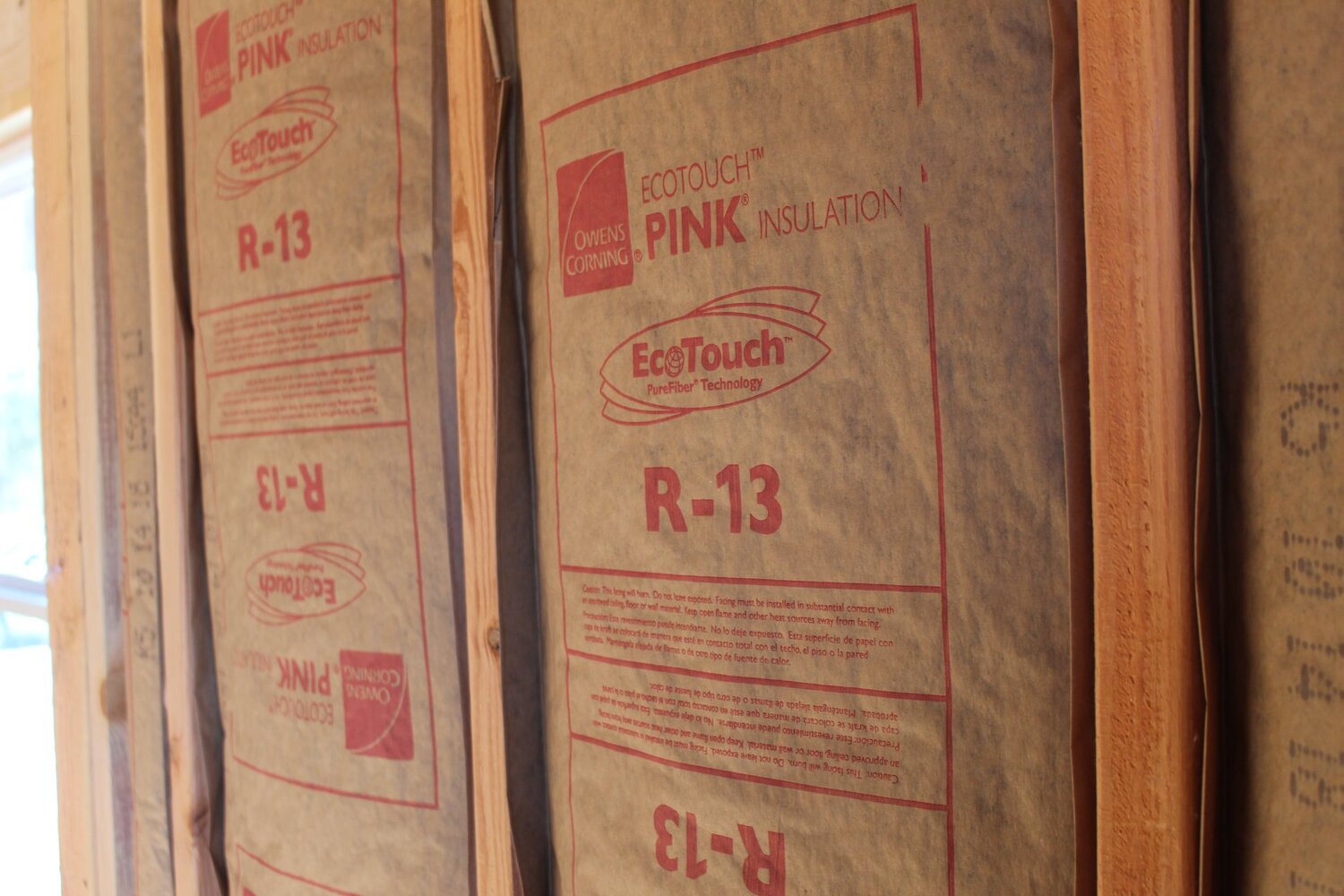

0 thoughts on “How To Value Persian Rugs”